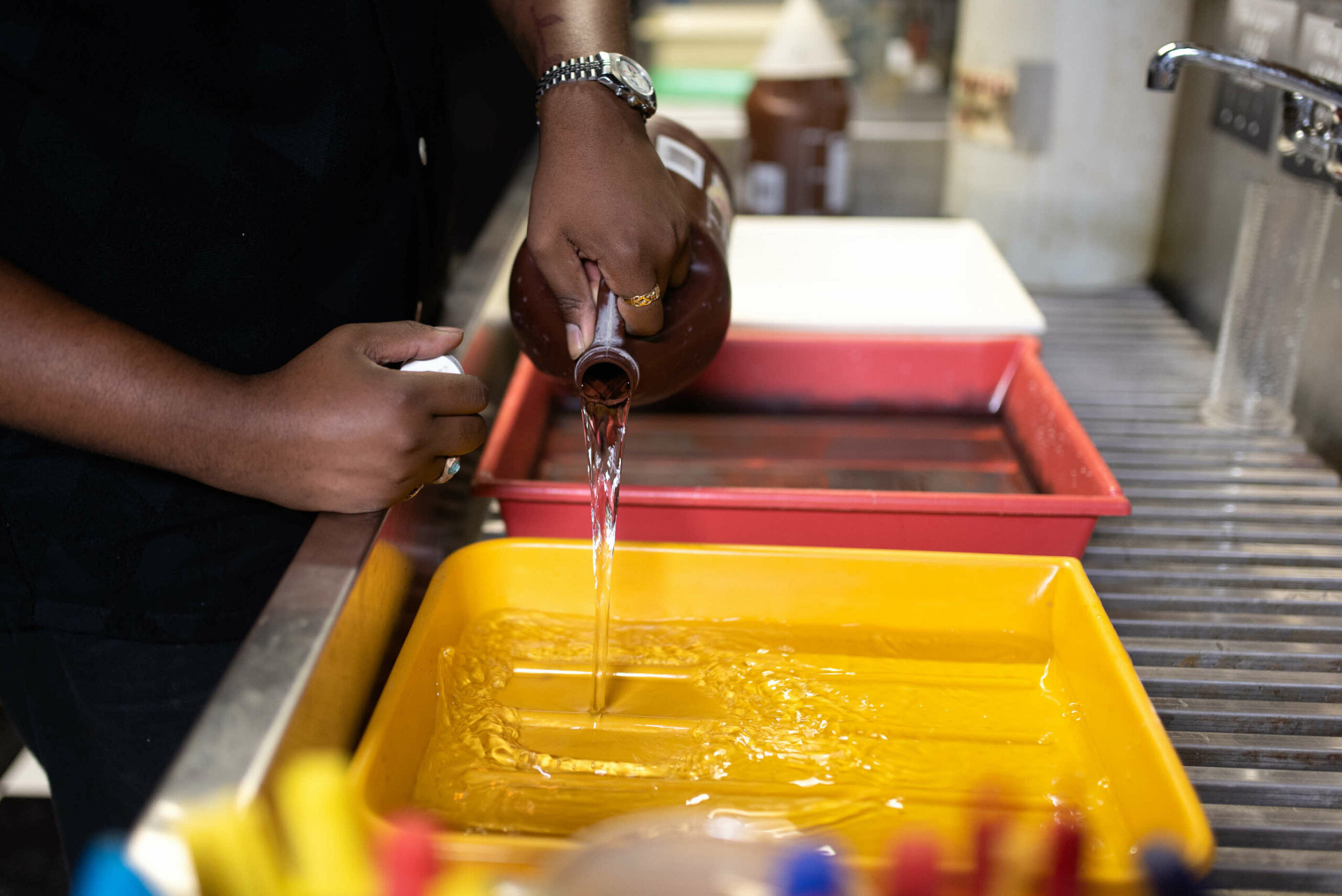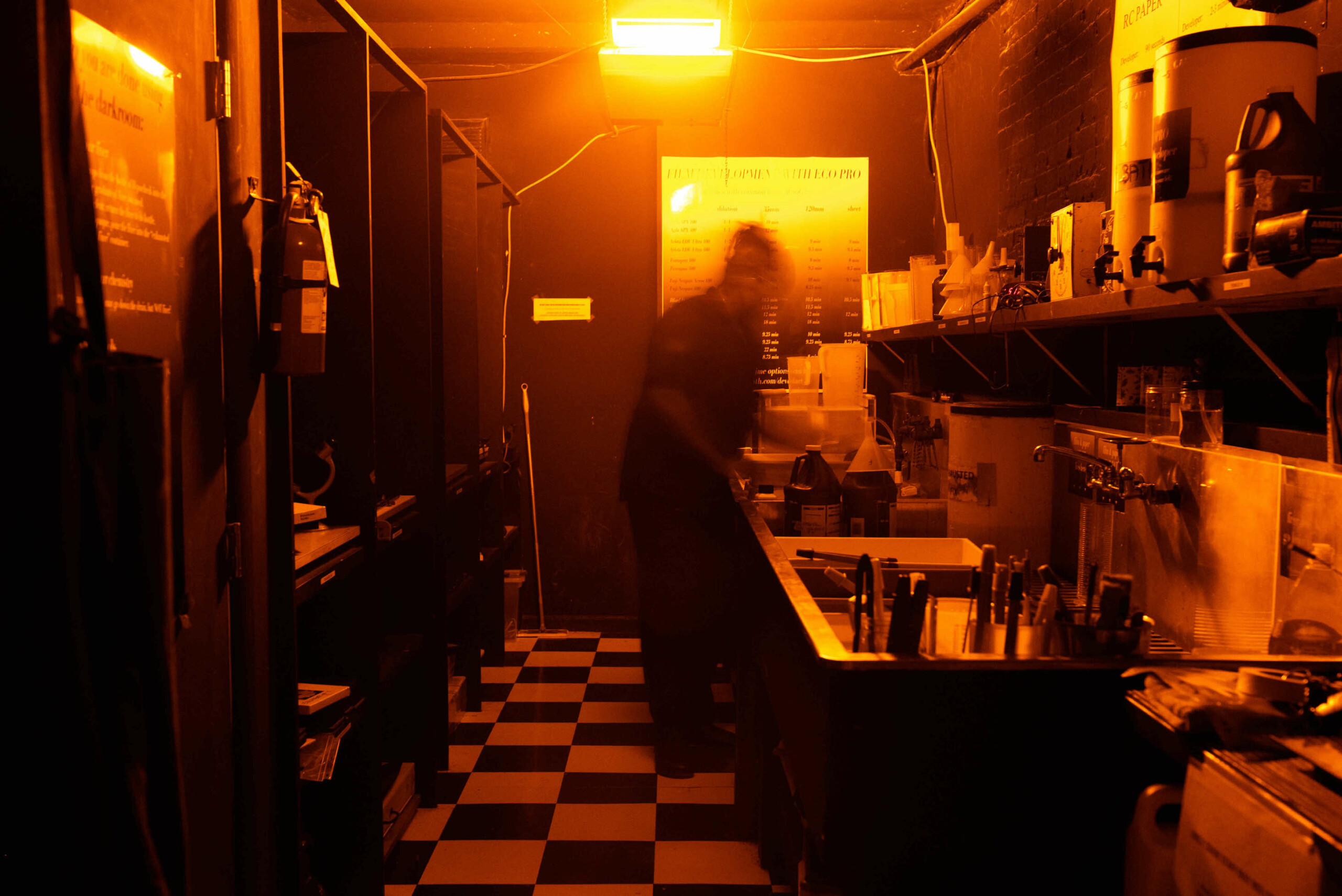The use of 35mm film, fixated on digital cameras, does not appear logical in the contemporary world. However, a renewed trend is geared toward analog photography solutions, especially among artists, camera enthusiasts, and people who want more romantic feelings about photography. The film development has its characteristics, which are slightly different in color saturation, grain structure, and characteristics of other brands of 35mm film and can’t be matched with digital cameras. This revitalization proves that people will always turn to simple and physical analog photography over digital, no matter how much the world progresses.
A Creative Renaissance: Why Photographers Still Choose Film
Let it be clear that the return to the 35mm film is not just an influx of people going back to their childhood or, even simpler, just a comeback; it is art. Film photography makes the photographer conscious and alert while selecting a particular frame. While shooting, the photographer gets closer to his subject than when using a digital camera. Every point made is more emphatic, as the photographer needs to have the luxury of erasing the image and capturing another. This decision-making process typically results in more well-pondered and profound pictures. Furthermore, unlike in digital photography, people feel more entertained and thrilled waiting to see the developed images. Thus, the mechanical and practical feel of capturing memories is more satisfying and liberating for many people.
The Role of Film Development Services in Keeping Film Alive
Services for the development of films are necessary to continue the future of photography through 35-millimeter films. It is not just processing given here; it’s professional service combined with tender loving care to ensure the best for every frame. With the new age of film, these services prove even more helpful as a few directors keep shooting in 35mm. From sophisticated darkroom processing to scanning, film development services ensure that each roll of film is being developed to its potential, preserving the grain and the characteristics that are inescapable for the lovers of film photography.
Conclusion: Analog Photography’s Future in a Digital World
Oddly enough, despite the heavy influx of digital cameras and their graphic systems, the era of the 35mm film labs is not quite over. The revival of analog photography results from the subjective perception of photographs, and the creative challenge that film provides is why 35mm film is still relevant. Thus, as long as there are people who are interested in photography and as long as there are photographers who appreciate the art of film, and while there are services that can still process analog films, analog photography will always be around. The future of 35mm film lies in its ability to offer something that digital cannot—a tangible connection to the art of photography and a deeper appreciation for the craft. With each frame carefully crafted and developed, 35mm film preserves the authenticity and artistry that digital methods often overlook.

























